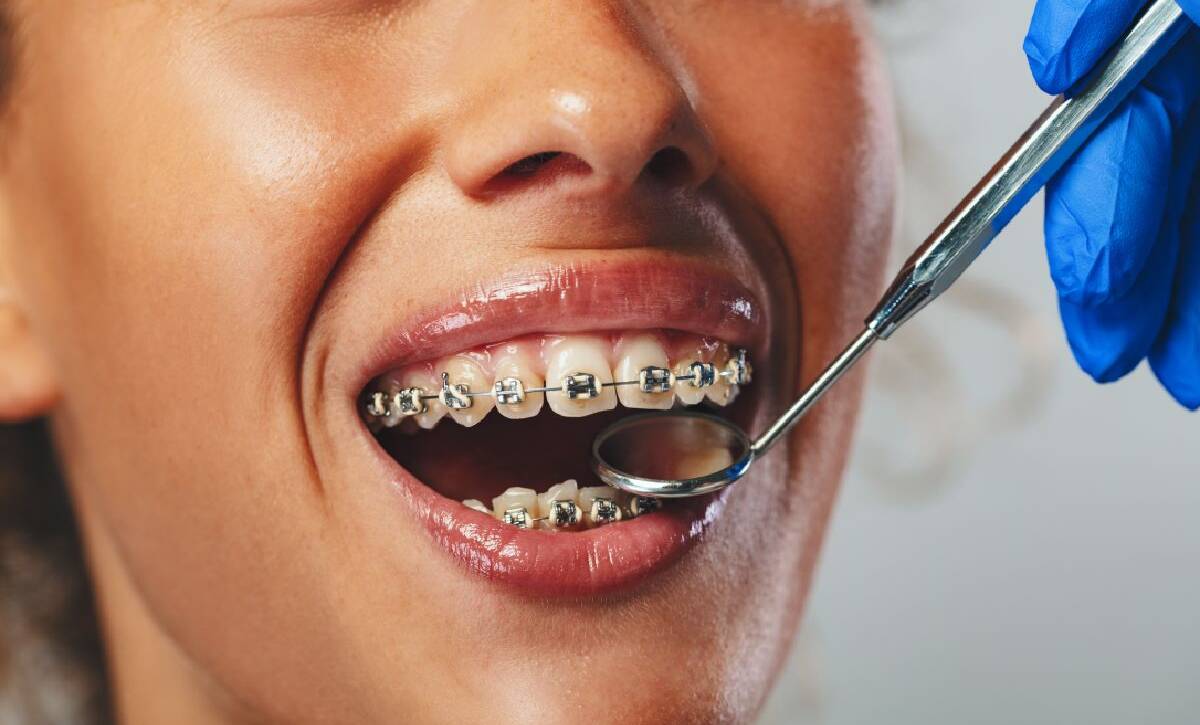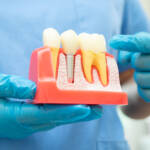
Most kids get braces between the ages of 9 and 14, when permanent teeth are coming in and the jaw is still developing.
That said, adults are getting braces in record numbers, too, proving it’s never “too late” to improve your smile.
In this article, we’ll walk through what orthodontists recommend, the science behind timing, how to spot signs your child may need braces, and why adults shouldn’t rule them out.
By the end, you’ll have a clear, practical guide to understanding the best time for braces, for kids, teens, and even grown-ups.
Key Takeaways
- The most common age for braces is between 9 and 14 years, when permanent teeth are in and the jaw is still developing.
- The first orthodontic evaluation should happen by age 7, according to the American Association of Orthodontists.
- Phase 1 (early) treatment may be recommended around ages 7–9 for severe bite issues or growth concerns.
- Teens often get the fastest results, but adults can benefit just as much from braces or Invisalign.
- Treatment time varies by age and complexity: 12–18 months for kids, 18–24 months for teens, and 18–36 months for adults.
Why Timing Matters in Orthodontics
Braces work by applying steady, gentle pressure to gradually move teeth into better positions. This process is more effective when the jawbone is still growing, which is why kids and teens often get the best results in less time.
Starting too early may not help if baby teeth haven’t fallen out yet. Starting too late may mean treatment takes longer, but it can still be very successful. The goal is to catch that “sweet spot” where permanent teeth have erupted, but the jaw is still flexible enough to guide growth.
According to the American Association of Orthodontists, children should have their first orthodontic evaluation by age 7. Even if braces aren’t needed right away, early checkups help dentists monitor growth and plan.
The Typical Age Range: 9 to 14 Years
The most common time to get braces is between the ages of 9 and 14.
This is when:
- Most permanent teeth have erupted: By this age, orthodontists can see spacing, crowding, or bite issues more clearly.
- The jaw is still developing: Braces can guide growth, making treatment easier and faster.
- Kids are mature enough to handle braces: They can brush and floss around brackets and follow instructions.
Example:
A 12-year-old with mild crowding may only need 18 months of braces. But if the same case isn’t treated until age 20, treatment could last 2–3 years and may require extra procedures like tooth extractions.
Early Warning Signs Your Child Might Need Braces
Even before the “ideal window,” parents can watch for signs that a child may need orthodontic care:
- Crowded or crooked teeth
- Gaps or spacing issues
- Frequent mouth breathing
- Difficulty chewing or biting
- Thumb-sucking past age 5–6
- Early or late loss of baby teeth
- Jaw shifts or clicking sounds
Not all of these signs guarantee braces, but they’re red flags worth checking. An early consultation with Humble Memorial Dental can help decide whether to monitor or start treatment.
What About Phase 1 (Early) Treatment?
Sometimes orthodontists recommend Phase 1 treatment around ages 7–9. This doesn’t mean full braces right away. Instead, it may involve:
- Expanders to widen the jaw
- Partial braces for a few front teeth
- Space maintainers to guide permanent teeth
The goal is to fix growth problems early and make later treatment shorter and easier.
Example: A child with a severe crossbite at age 8 may wear an expander for a year, then wait until their permanent teeth come in for full braces.
Braces for Teenagers
Teens (13–18) are the largest group wearing braces, and for good reason. At this age, nearly all permanent teeth are in, and jaw growth is still active.
Benefits for Teens:
- Quicker results compared to adults
- Social acceptance, many classmates also wear braces
- Options like ceramic braces or Invisalign Teen make treatment less noticeable
By starting in the teenage years, most patients can finish treatment before adulthood with a healthy, confident smile.
Braces for Adults—It’s Never Too Late
More adults than ever are choosing braces. According to the American Association of Orthodontists, nearly 1 in 3 orthodontic patients today are adults.
Why Adults Choose Braces:
- To fix crowding or shifting teeth from not wearing retainers
- To improve bite function and reduce jaw pain
- To boost confidence in personal and professional settings
While adult treatment may take a bit longer (since the jaw is no longer growing), the results are just as effective. Options like Invisalign make it easier to fit orthodontics into busy lifestyles.
Example: A 35-year-old who never got braces as a teen may use Invisalign for 18 months and see life-changing improvements in confidence and oral health.
How Long Do Braces Take at Different Ages?
- Children (9–12): 12–18 months on average
- Teens (13–18): 18–24 months, depending on complexity
- Adults (18+): 18–36 months, sometimes longer if jaw surgery is needed
Cost of Braces at Humble Memorial Dental
We know cost is a big factor for families considering braces. At Humble Memorial Dental:
- Traditional braces typically range from $3,000–$7,000
- Ceramic or clear braces may cost slightly more
- Flexible financing options are available to make treatment affordable
- We accept most major insurance plans and will help maximize your benefits
Every treatment plan includes a clear breakdown of costs before you begin, no surprises.
Why Choose Humble Memorial Dental for Braces
At Humble Memorial Dental, we believe orthodontic care is about more than straight teeth. It’s about confidence, comfort, and long-term health.
Families in Humble, TX, trust us for braces in Humble, TX, because we offer:
- Experienced orthodontic care tailored to every age
- A friendly, patient-first approach that puts kids and parents at ease
- Modern options like clear braces and Invisalign
- Affordable payment plans to fit every budget
Final Thoughts
So, what is the best age for braces? Most kids benefit from treatment between ages 9 and 14, but early evaluations around age 7 can spot potential problems before they get worse. Teens get excellent results, and adults are proof that it’s never too late to invest in your smile.
Whether you’re a parent planning for your child or an adult considering braces yourself, Humble Memorial Dental is here to guide you every step of the way.
Schedule your free orthodontic consultation today, and let’s find the perfect timing for your new smile.
FAQs
1: At what age is it too late for braces?
There’s no upper age limit. Adults of all ages can benefit, though treatment may take longer.
2: Can my 8-year-old get braces?
In some cases, yes. Phase 1 treatment may be recommended for severe bite issues.
3: Do braces work better on kids than adults?
Treatment is often faster in kids and teens, but adults can still get excellent results.
4: What if my child is older than 14—did we miss the window?
Not at all. Braces can be effective at any age, though starting earlier may shorten treatment time.
5: How do I know if my child needs braces?
Schedule an evaluation. Signs include crowding, gaps, bite problems, or difficulty chewing.





